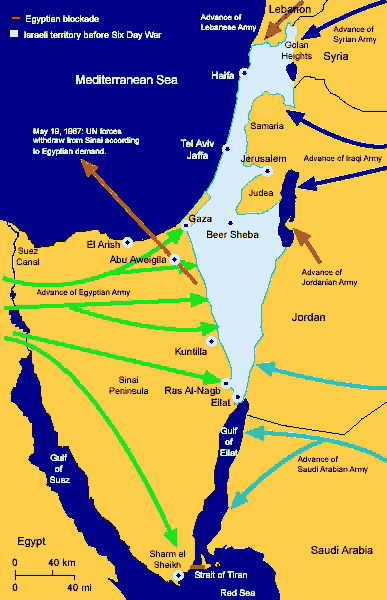It’s 3:59 in the morning and I wake up only to lie in bed and think of the Peruvian boy I met the day before.
David couldn’t be more than seventeen, a tall gangly kid with thin body and arms. When I arrived at the Home Depot he was standing outside next to a cart loaded down with very heavy bags of concrete waiting for the man who purchased the material to bring his pickup around to load it up. David was wearing the orange Home Depot apron so I recognized him as an employee right away. As he stood with his back next to the pillar in front of the loading area looking forlorn and talking to himself silently, his lips barely moving, I couldn’t help but think he was praying. He looked to be on the verge of tears or a mental breakdown. I would have stopped then and there but his co-worker stepped into the picture and broke the spell he had on me.
I was there for concrete myself and knew that the eighty pound bags were heavy. I was hand pouring a concrete patio at home, a big one. This was my sixth trip to the store for six bags at a time that I mixed and poured in sections.
I went to the restroom and found David there washing his dainty hands and long fingers. I sidled up to the sink next to his and began talking to him. “You look tired kid.”
“I am, I really am,” he replied in a shaky voice.
Just then a blustery middle-aged man barged in and saw me talking to the young man. He exclaimed, “Don’t listen to the old man, he’s full of crap!” to which I replied, “I’ve seen enough crap in my life to be able to help the young man find his way.”
The antagonist never even looked at me and I had never seen him before. Such aplomb, such gall for him to talk to a stranger like that! But I recognized it as a satanic attack. The man quickly left without washing his hands. I returned to our conversation.
In trying to comfort the young man I asked his name as we walked out of the bathroom together. By now he was practically in tears. I grasped his arm lightly and inquired where he was from. He was from Peru and this was his second job. He had already worked at the Dunkin Donuts today and was beat. David lived with his aunt and uncle and rode a bicycle a good distance to work at both places. He was sending money back to his parents and brothers and sisters in Peru and had to maintain two jobs just to stay alive to do so. His aunt and uncle were charging him rent, and from the look of his gangly body he wasn’t getting much to eat.
I ask him if he was a Christian, to which he replied, “I don’t know.” By now he was beginning to tear up. I told him I would be praying for him, but just then I stopped in my tracks and began praying for him right there and then, since I know how hollow such a statement can be. The feeling was that we so often tell people that and promptly forget it before we get home.
When I finished the short prayer David let out a sigh of relief and thanked me as he appeared to be infused with hope. I suspect he felt better just knowing somebody cared.
I once led a young man to Christ right on that same loading dock where I first saw David. Hopefully, I can do the same for David. He needs a friend like Jesus, “a very present help in times of trouble.” I’m going back to see David today and find out more about his situation. I’ve dealt with these sad situations before. If my hunch is right, I may have stumbled onto something sordid and wrong, something I can help to alleviate.
Years ago when hurricane Ivan struck the Pensacola coast I happened to be there. The house had sustained damage to the roof so I went down to the local greyhound bus station hoping to find some help. There were two young men, one from Guatamala and the other from Honduras who had just disembarked from the bus, looking for work. The very first thing they asked me was if I knew of a Baptist church nearby. I told them I was a practicing Christian and attended a Baptist church. They were Baptist Christians as well, and I took that as a “sign”.
I asked if they had eaten and they said they didn’t have a nickel between them. I took then to the Mc Donald’s directly across the street. I bought them the big breakfast and gave them an advance for willing to work for me. From there I took them to the Salvation Army where they could bed down for a few days and eat.
They worked for me for three weeks, which was long enough for them to find a place to stay. As a matter of fact I took them to the beach where we met up with another couple of fellows and the five of them were able to rent a house by pooling their money. In the meantime, I took them to the church I was attending and they fit right in. All this time I discipled them in the best way I knew how, by befriending them and sharing the Word of God with them since they were somewhat new to the faith.
Later on, other people that hired them often took advantage of them in one way or another, and I had to step in as an advocate for these uneducated men more than once. Finally, the work due to the hurricane petered out and everyone went their own way.
This was one of the most memorable periods of my adult life, and I’m sure they think of me once in a while just like I think of each one of them. For me, this is what the Christian life is all about.
By the way,
The rush of “Christian” movies has dwindled to nothing for the moment. In trying to figure out the reason why, I can only assume that either Christianity is on the wane since not as many people as expected have embraced them and conversions are slim or next to none.
Mel Gibson is busy co-writing a sequel to The Passion of the Christ with the man who helped him write it. This movie, the way I understand it, will be about the ascension of Christ and the Acts of the Apostles. Given that it is still in its inception it may take as many as two years to get it done and out in the public domain. As good as it sounds and as high as expectations are for it, it may be too little too late for some of us since we may soon be gone.
One final note: How can it be that an alcoholic Catholic is able to achieve such mastery of a delicate subject matter?
YBIC
Jim Torres “Towers” jt.filmmaker@yahoo.com and www.theprophecies2016movie.com










